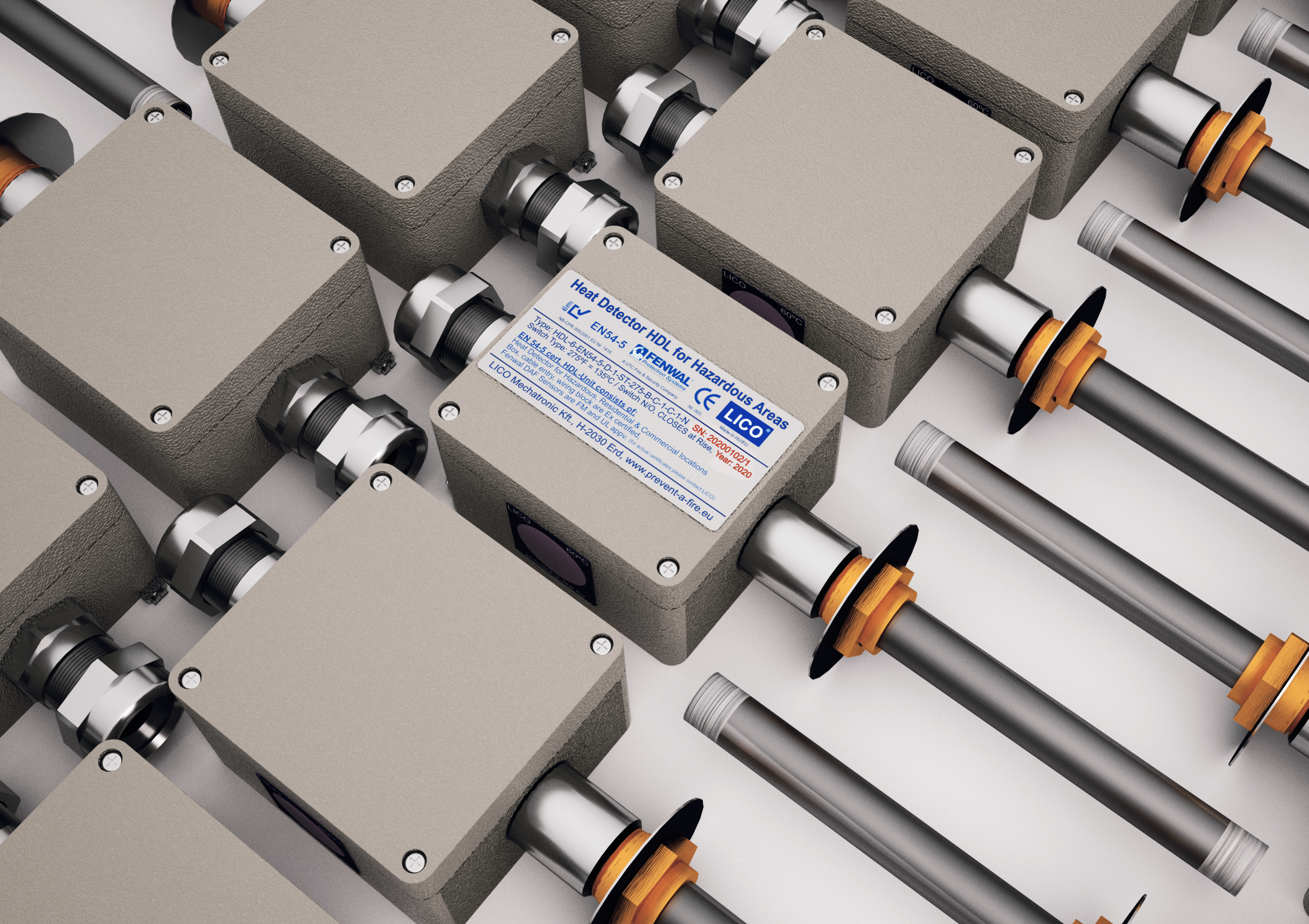Mark Fletcher explores fire suppression technology and the necessary attention paid to prevention and planning, no matter which facility is protected.
Fire has no prejudices; it doesn’t pick and choose who it affects. That, instead, is down to those in charge of the facilities at risk.
Fires are terrible no matter where they happen, from small domestic chip-pan fires, to large refineries, the fall out can be immense – mentally, physically and fiscally – which is why so much attention is paid to prevention and fire-fighting.
Insurance can cover losses and Fire Departments can prevent further spread, but if the worst does happen, all manner of resulting issues compound the issue even further. This is especially relevant to premises that contain high-value products or offer high-value services.
Prevention is always the best approach, but as media headlines often suggest, even the best preventative measures can be breached or circumvented; either through a combination of random environmental factors, staff negligence, foul play, or just simple plain bad luck. It is in these instances that facilities owners/managers need to assess the net worth of their premises and contents/services, estimate the costs of stock or service loss and then feed these figures into a ‘magic equation’ that determines the importance and value they place on their fire-fighting infrastructure.
Fire-fighting solutions are now being viewed in much the same way that industrial safety is being considered. Rather than a necessary cost, that knocks a chunk off the bottom line, facilities managers are now starting to take a holistic view that considers the fire-fighting infrastructure as an investment that actually prevents potentially huge punitive costs.
There are many fire-fighting solutions available to facilities managers, but the first and most obvious place to start is in the realm of fire detection. Contemporary advances in image and chemical analysis system have enabled many manufacturers to actually sniff out smoulder points before they even progress into full-blown fires.
Examples include both standalone and fully integrated solutions which can be patched into existing infrastructures and expanded as the premises or business grows. One example of a detection system is the Sinteso C-Line fire detectors from Siemens, which offer very high security on the basis of the newly developed detection algorithms. Before an alarm is activated, the signals recorded by the sensor (such as smoke density, temperature or both simultaneously) are converted to mathematical gradients (intensity, rate of increase and fluctuation) and analysed by means of detection algorithms. Chubb, among many others, also offers a range of detection technologies from conventional fire detectors, smoke detectors and gas detectors all the way up to fully integrated and addressable plant-/building-wide systems.
Camera-based solutions have also come into their own in certain applications and are normally coupled to existing traditional detection technologies. One example is the SigniFire system from Fike. SigniFire is a state-of-the-art camera-based video smoke detection system, which visually detects the presence of flame or smoke at its source, independent of airflow in the area. The IP camera combines the enhanced resolution and picture clarity of a standard network camera with built-in flame, smoke and motion detector capabilities.
As an added bonus, the camera system is also capable of being deployed for intruder detection, adding a security element to high-profile areas. The whole system can be coupled to the company’s FSM-IP Network Video Recorder, a scalable, network video recorder with video management software, designed to support up to 32 SigniFire network, flame detecting cameras, which also offers a network management interface for configuration and maintenance.
Beyond fire detection we hit the realm of fire-fighting and the first and most obvious preventative measure in terms of fires spread is compartmentalisation, where high-value assets or stock are segregated from each other to ensure that single-event occurrences remain just that – single. In data centres and similar set ups, backups and redundant configurations also prevent the huge potential penalties that can occur should the worst happen.
Detecting and containing the fire then gives fire suppression systems a fighting chance of reducing the impact. One example of a solution developed specifically for data centres is the Victaulic Vortex system, which uses approximately one quarter gallon of water per 1,000 cubic feet of protected space per minute, and can suppress most fires in less than three minutes. This small amount of water is mixed and dispersed into the fire space with nitrogen, which pulverises it to such small particles (droplets less than 10µ in size) that accumulation is negligible – an important factor when dealing with water-sensitive assets. The company’s patented Vortex emitter technology creates a hybrid dispersion where both the water and nitrogen act as suppressive agents, cooling and reducing oxygen levels for an effective two-front assault on a growing fire.
Other solutions for sensitive areas, where any water is simply not tolerable, involve the use of inert gases to starve the fire of oxygen. These are typically broken down into two types of application – total flooding solutions, where the gas is applied to an enclosed space in order to produce a certain concentration of gas, or local application, where the gas is applied directly to the fire. The use of either is determined by the locale and type of fire risk and its potential to spread. The main drawback with these approaches is the means to suffocate the fire also has the same effect on personnel, so their application is tightly controlled and monitored.
However, some inert gas solutions can address this risk by simply reducing the oxygen count to below the 15% needed by a fire to sustain combustion. Humans on the other hand only need 12% and, one presumes, with alarms sounding they will only stay in the immediate area for a limited time anyway.
In all instances, there is no one-size-fits-all solution to fire prevention, detection and fighting. The costs and relative merits of a solution have to be weighed up against the value of the assets they are protecting and then a solution designed around the precise needs. The size, layout and internal structure of a facility will have just as big an impact on the contents, coupled to their perceived worth, flammability and economic impact of loss. In the majority of cases, the major suppliers will have a proven track record of similar installations and will be able to tailor a solution to best fit the customer’s needs.











